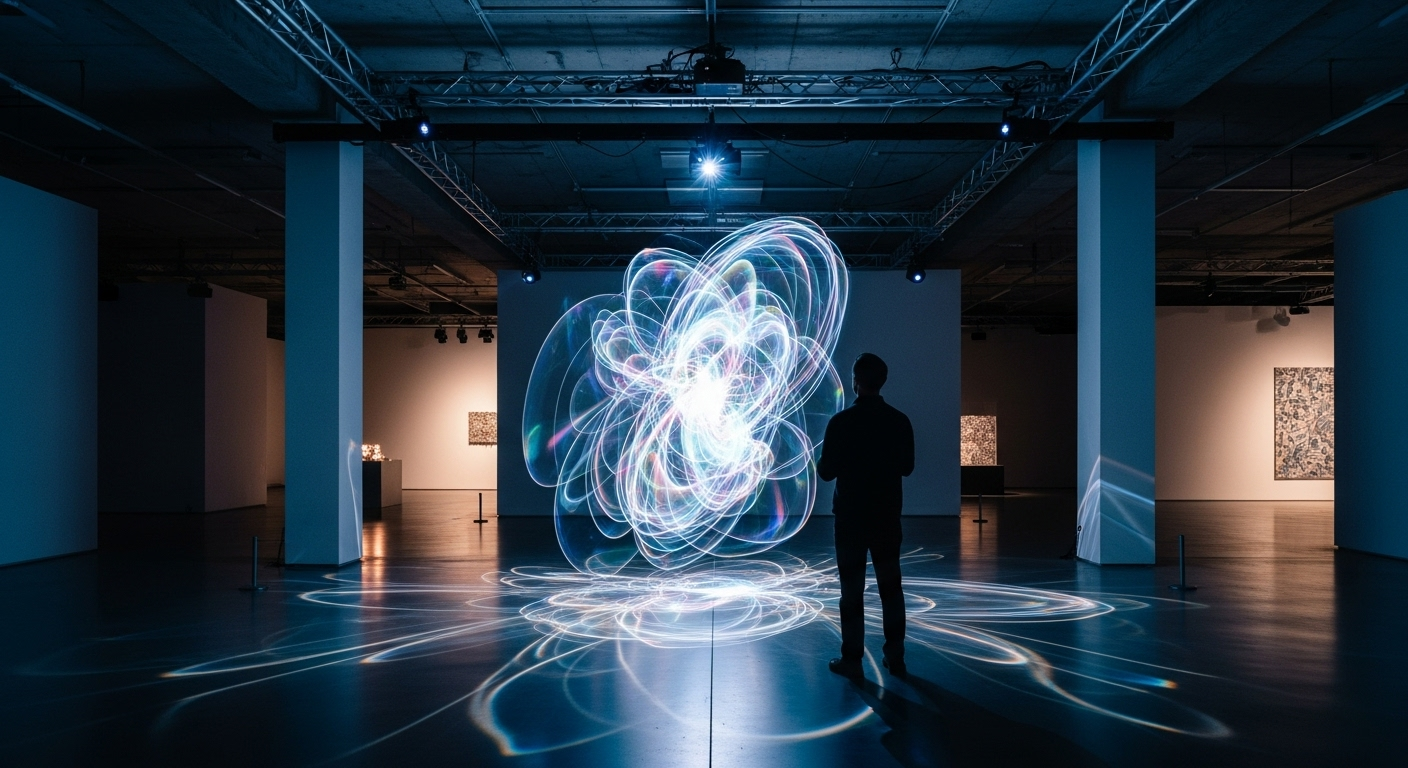Holographic Sculptures: Redefining Art in the Digital Age
In the ever-evolving landscape of contemporary art, a groundbreaking medium is captivating audiences and challenging traditional notions of artistic expression. Holographic sculptures, once relegated to the realm of science fiction, have emerged as a powerful and innovative form of art that blends cutting-edge technology with creative vision. This revolutionary approach to sculpture is transforming galleries, public spaces, and even private collections, offering viewers an immersive and interactive experience that defies the constraints of physical matter. As artists and technologists collaborate to push the boundaries of what's possible, holographic sculptures are not just reshaping the art world—they're redefining our understanding of reality itself.

Technological Advancements Fuel Artistic Innovation
Recent advancements in projection technology, computing power, and software have catapulted holographic art into a new era. Modern holographic sculptures are no longer limited to static displays. Artists can now create dynamic, interactive pieces that respond to viewer movement, environmental changes, or even data inputs. This fusion of art and technology has opened up unprecedented possibilities for creative expression.
The Unique Qualities of Holographic Sculptures
What sets holographic sculptures apart is their ethereal nature. Unlike traditional sculptures that occupy physical space, holographic creations exist as light and data, allowing for fluid, shape-shifting forms that can transform in real-time. This malleability enables artists to explore concepts of impermanence, perception, and the nature of reality in ways previously impossible with conventional materials.
Pioneers of the Medium
A new generation of artists is at the forefront of this holographic revolution. Creators like Joanie Lemercier, whose light sculptures blur the line between the tangible and intangible, and teamLab, a collective known for their immersive digital installations, are pushing the boundaries of what’s possible with holographic art. These innovators are not just creating visually stunning works; they’re challenging viewers to reconsider their relationship with space, light, and form.
The Impact on the Art World and Beyond
The rise of holographic sculptures is sending ripples through the art world, challenging curators, collectors, and institutions to adapt to this new medium. Questions of preservation, ownership, and display are being reevaluated in light of art that exists primarily in digital form. Moreover, the interactive nature of many holographic sculptures is blurring the lines between artist, artwork, and audience, fostering a more participatory approach to art appreciation.
Holographic Art in Public Spaces
Beyond galleries and museums, holographic sculptures are finding their way into public spaces, transforming urban environments into immersive art experiences. From projections on buildings to interactive installations in parks, these works are democratizing access to cutting-edge art and turning cities into living canvases. This public integration of holographic art is not only beautifying spaces but also sparking conversations about the role of technology in our daily lives.
The Future of Holographic Sculpture
As technology continues to advance, the potential for holographic sculpture seems limitless. Emerging technologies like augmented reality (AR) and artificial intelligence (AI) promise to further enhance the interactivity and complexity of holographic art. We may soon see sculptures that can learn and evolve based on viewer interactions, or pieces that exist simultaneously in multiple locations around the globe.
Challenges and Controversies
Despite its promise, holographic sculpture faces several challenges. The high cost of equipment and the technical expertise required can be barriers to entry for many artists. Additionally, there are ongoing debates about the authenticity and value of digital art forms, with some traditionalists questioning whether holographic creations can be considered “true” sculpture.
Conclusion
Holographic sculptures represent a bold new frontier in the world of art, offering unparalleled opportunities for creativity, interaction, and expression. As this medium continues to evolve, it challenges us to reconsider our definitions of art, space, and reality. Whether viewed as a natural progression of artistic innovation or a radical departure from tradition, one thing is clear: holographic sculptures are reshaping the landscape of contemporary art, inviting us to step into a world where imagination and technology converge to create experiences that were once thought impossible.




